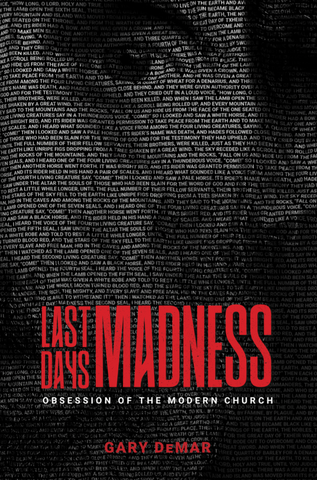Gary answers a listener’s question about how Luke 17 differs from Luke 21, and how both chapters relate to Matthew 24 and the events spoken of by Jesus in the Olivet Discourse
Bahnsen and Gentry argue, along with many others, that verse 35 refers to the physical heaven and earth while I and others believe it refers to the making and breaking of the covenant relationship with Israel (e.g., Isa. 51:15–16; Jer. 4:23–31).
The creation of the new heavens and new earth found in Isaiah 65:17–25 cannot refer to the creation of a new physical creation or the last judgment since women are still giving birth and people continue to die (65:20). This is an old and respected view taught by John Owen, John Lightfoot, and John Brown, among others.
Luke 17:22–37 describes five Olivet-Discourse prophetic events that are identical to those found in Matthew 24. The difference between Matthew 24 and Luke 17 is the order of the events in relation to Matthew 24:35–36, a characteristic of the passages that are difficult to explain if the order of events is important. Bahnsen and Gentry do not consider the ordering of events to be significant since Matthew and Luke often differ. I disagree.
Taking Matthew 24 as the standard, Luke places the Noah’s ark analogy (Matt. 24:37-39) before the events of Matthew 24:17–18 (“let him who is on the housetop not go down”), verse 27 (“for just as the lightning comes from the east”), and verse 28 (“wherever the corpse is, there the vultures will gather”).

Last Days Madness
In this authoritative book, Gary DeMar clears the haze of "end-times" fever, shedding light on the most difficult and studied prophetic passages in the Bible, including Daniel 7:13-14; 9:24-27; Matt. 16:27-28; 24-25; Thess. 2; 2 Peter 3:3-13, and clearly explaining a host of other controversial topics.
Buy NowGary answers a listener’s question about how Luke 17 differs from Luke 21, and how both chapters relate to Matthew 24 and the events spoken of by Jesus in the Olivet Discourse.
Click here for today’s episode

